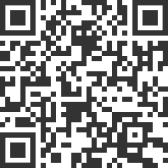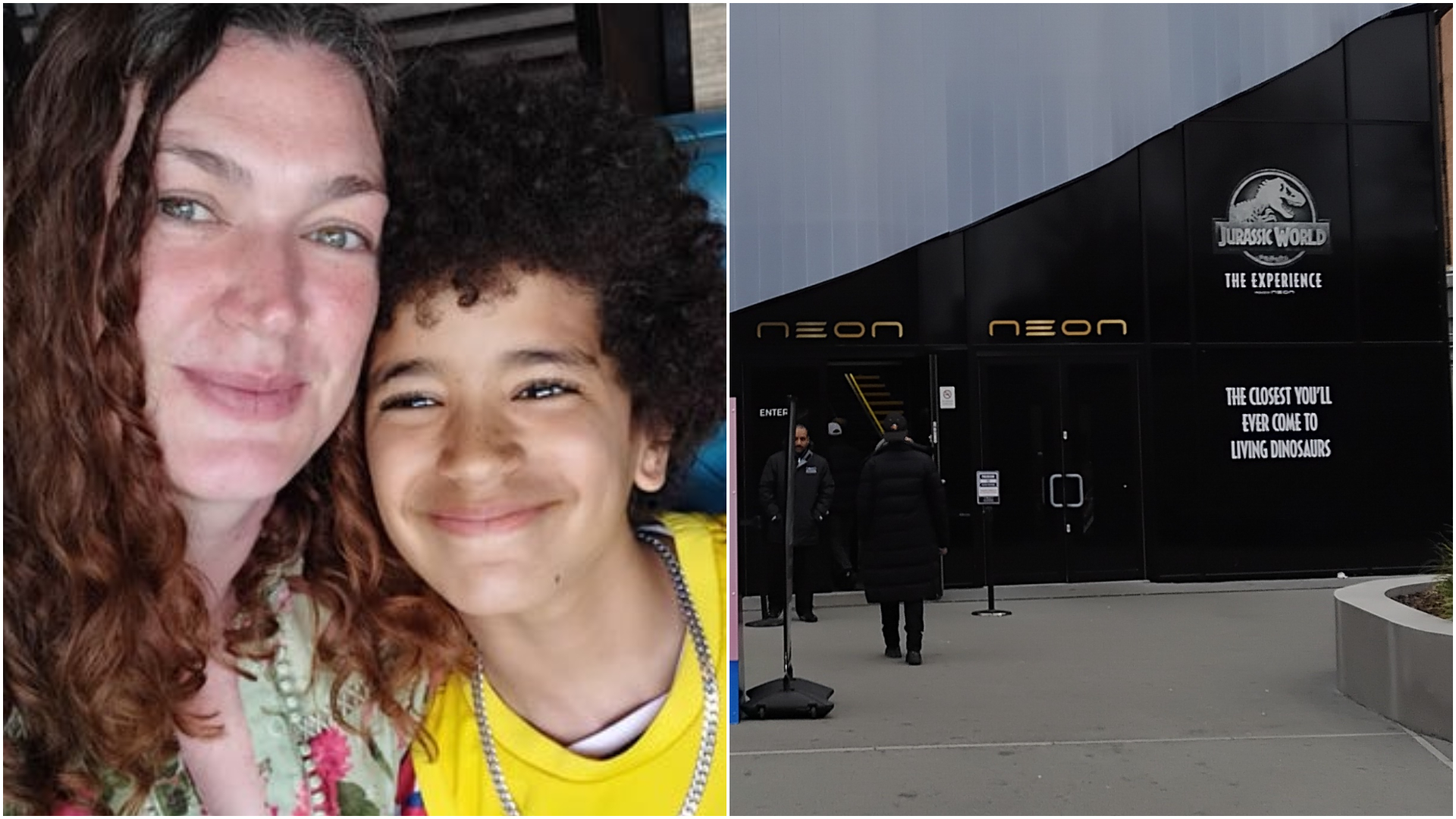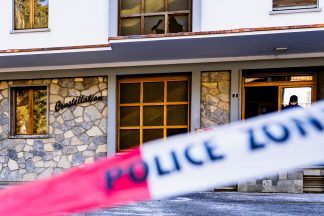By ITV News Producer Hannah Ward-Glenton
Rebel forces in Syria launched their largest offensive against the country’s government in years and appear to have put an end to the Assad family’s 53-year hold on power.
Cities Aleppo and Hama in the north west were seized before opposition forces infiltrated Syria’s capital, Damascus.
So what is happening in Syria, why has it happened so quickly, and who is now in charge?
When did this conflict start?
On November 26, the opposition group Hayat Tahrir al-Sham (HTS) launched a surprise attack on government-held areas of Aleppo – Syria’s second-biggest city – cutting off the main road from Aleppo city to Damascus.
It was considered to be the most significant escalation in the conflict in Syria since March 2020, and Russia and Syria launched airstrikes in response.
By Thursday they had taken Hama in the south, which has never fallen in 13 years of fighting. They then took the city of Homs, which is en route to Syria’s capital, Damascus.
On Saturday night, opposition fighters said they had entered Damascus following lightning-speed advances.
Why has conflict reignited now?
Analysts say a combination of geopolitical developments have helped to create the opportunity for President Bashar al-Assad’s opponents to strike, including Russia’s invasion of Ukraine in February 2022, followed by the Israel-Hamas war in Gaza that started on October 7, 2023.
As rebels have advanced in the last week, Syrian forces appeared to retreat, putting up no resistance, with several reports of defection.
Russian forces carried out occasional airstrikes. Hezbollah’s leader in Lebanon said the group will continue to support Syria, but made no mention of sending more fighters.
Which groups are involved?
Syria’s rebel coalition consists of Islamist and moderate factions who, despite their differences, are united in fighting the Assad regime, ISIS and Iran-backed militias.
These are some of the groups involved:
Hayat Tahrir Al Sham (HTS): The most prominent of the groups is HTS, also known as the Organisation for the Liberation of the Levant. HTS was founded by Abu Mohammad al-Jolani, a military commander who gained experience as a young fighter for al Qaeda against the United States in Iraq.
The Syrian National Army (SNA): The “Syrian National Army” incorporates dozens of factions with various ideologies that receive funding and arms from Turkey, including:
- National Liberation Front: This group includes factions such as Ahrar al-Sham, whose stated aims are to “overthrow the (Assad) regime” and “establish an Islamic state governed by Sharia law”;
- Free Syrian Army: This Turkish-backed group said last week it had seized control of the city of Tal Rifaat and other towns and villages in the northern part of the Aleppo governorate;
- The Syrian Democratic Forces (SDF): Territories in the city of Tal Rifaat and other towns and villages in the northern part of the Aleppo governorate were previously held by this group, rather than by Assad’s government;
- Peoples’ Protection Units (YPG): This group, which is considered a terrorist organisation by Turkey, makes up a large part of the SDF, and is predominantly Kurdish fighters;
- Druze religious minority: Fighters from this group have also joined the coalition in Syria’s south, according to a local activist group, as reported by CNN.
And the rebel groups have become more and more popular with civilians.
The spokesman for the insurgents, Hassan Abdul-Ghani, said more than 1,600 soldiers applied for so-called “protection cards” – which offer some sort of amnesty and assurances that they won’t be hunted down – over two days in Aleppo city in the last week.
Hundreds of defectors lined up outside city police stations on Thursday to register their details with the insurgents.
So what happens now?
Russia’s foreign ministry have said that President al-Assad has left the country and given instructions to transfer power peacefully.
Syrian Prime Minister Mohammed Ghazi Jalali said the government was ready to “extend its hand” to the opposition and hand over its functions to a transitional government.
“I am in my house and I have not left, and this is because of my belonging to this country,” Jalili said in a video statement. He said he would go to his office to continue work on Sunday and called on Syrian citizens not to deface public property.
As to exactly what that will look like, it is impossible to say.
Given the sheer number of factions involved in the rebellion plus the lightning speed with which opposition forces took the country’s main cities, there are likely lots of discussions to be had as to what happens next.
What happened in the last rebellion?
The last time the Syrian president faced opposition on this scale was 10 years ago, at the height of the country’s civil war.
Assad’s forces lost control over parts of the largest city, Aleppo, and his opponents were closing in on the capital, Damascus.
Back then, he was rescued by his chief international backer, Russia, and longtime regional ally Iran, which along with Lebanon’s powerful Hezbollah militia helped Assad’s forces retake Aleppo, tipping the war firmly in his favour.
Why haven’t other countries stepped in again?
Russia is preoccupied with its war in Ukraine, and Hezbollah, which at one point sent thousands of its fighters to shore up Assad’s forces, has been weakened by a year-long conflict with Israel.
Iran, meanwhile, has seen its proxies across the region degraded by Israeli airstrikes.
Moreover, Syrian troops are exhausted and hollowed out by 13 years of war and economic crises, with little will left to fight.
When did fighting start in Syria?
In 2011, there was a peaceful uprising against President Assad as many people were unhappy about high unemployment, corruption and a lack of political freedom.
But those demonstrations were met with swift opposition from the government and later escalated into a full-scale civil war, which went on to devastate the country.
More than 12 million people fled their homes in response to the fighting, with neighbouring Lebanon, Jordan and Turkey hosting more than 90% of those who have fled.
Follow STV News on WhatsApp
Scan the QR code on your mobile device for all the latest news from around the country





























